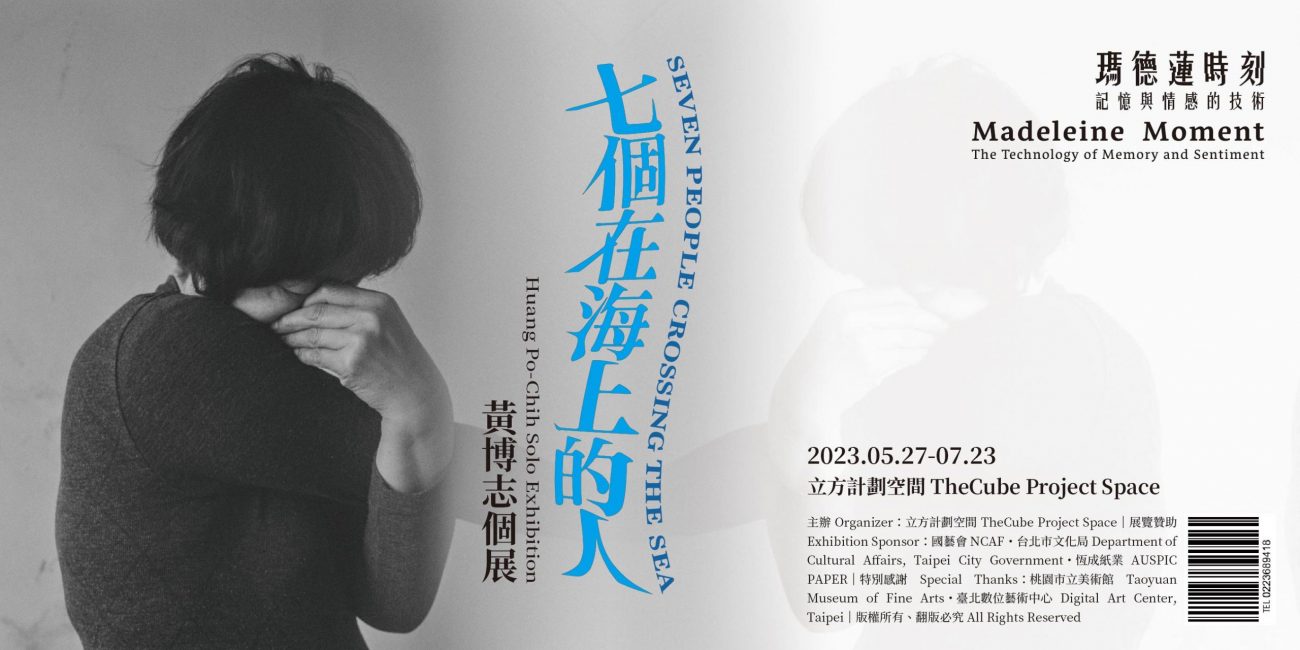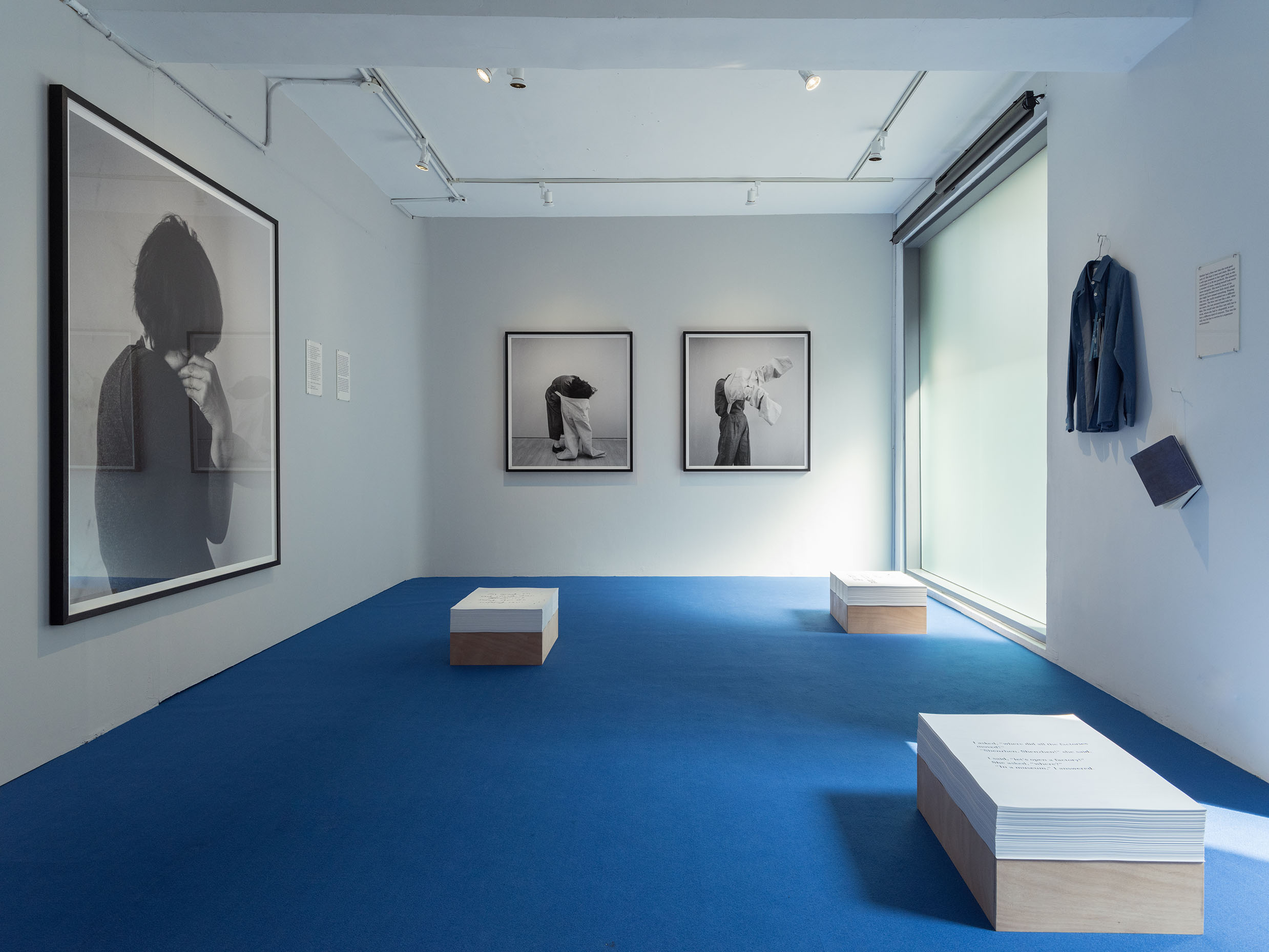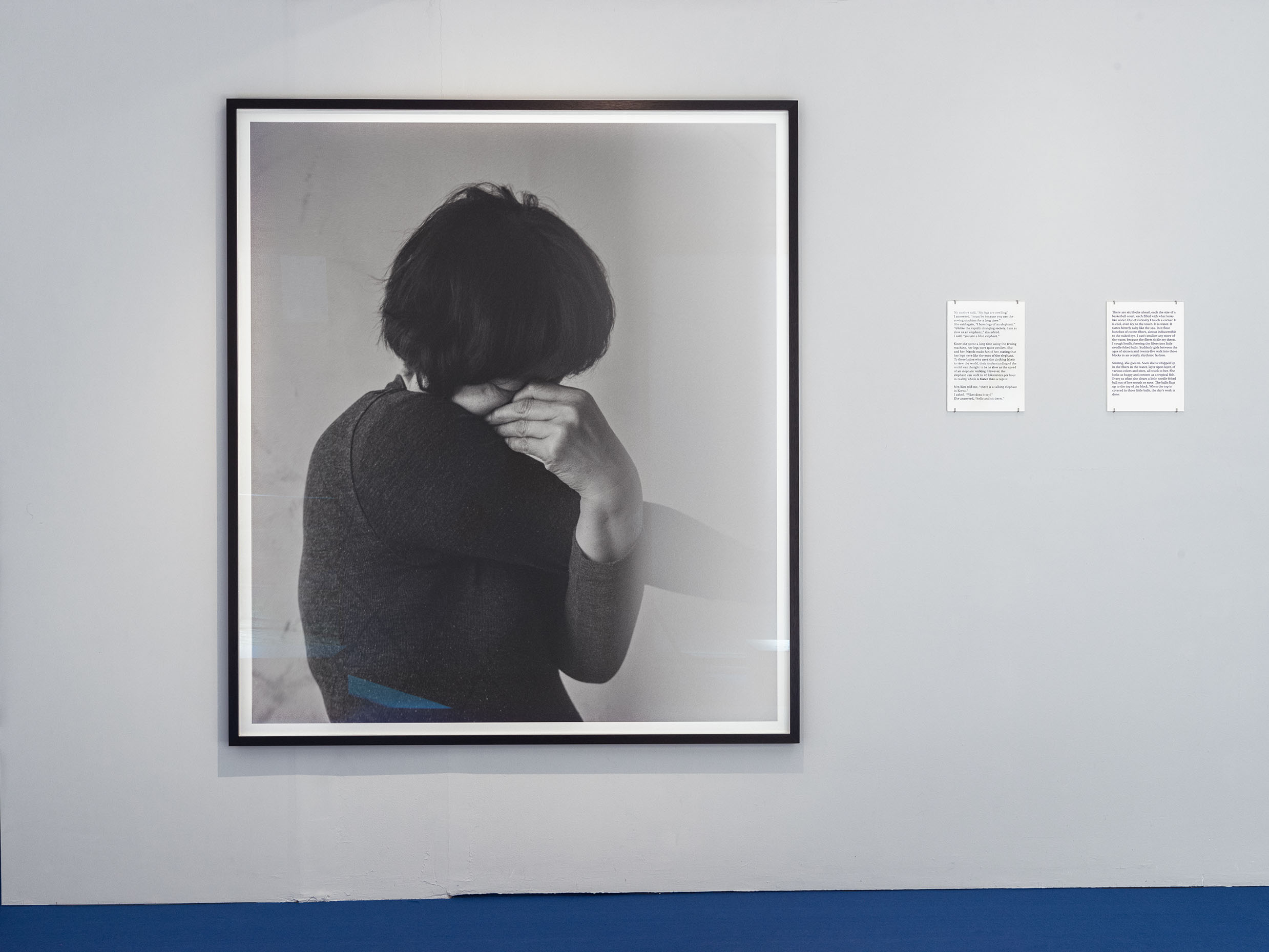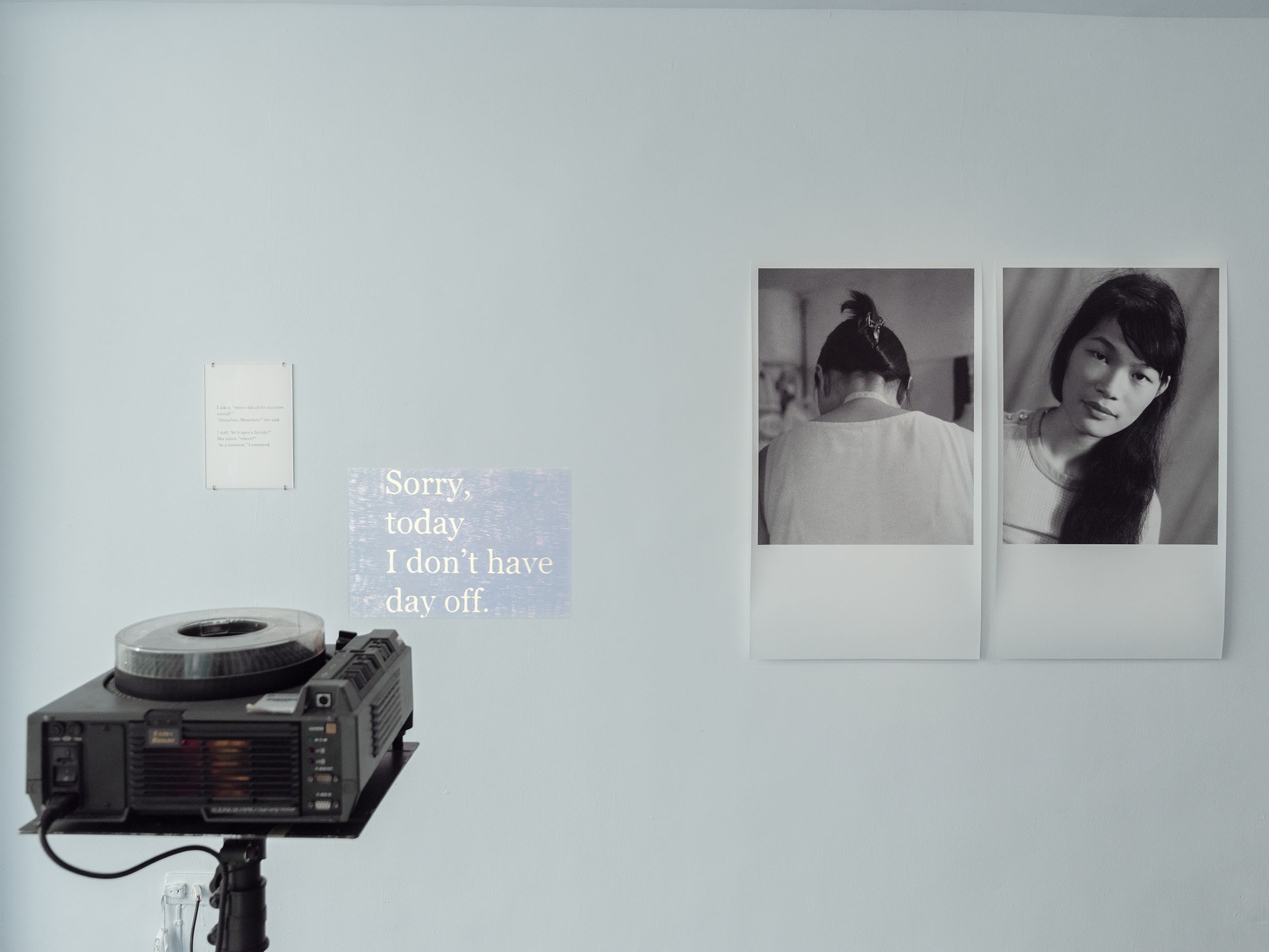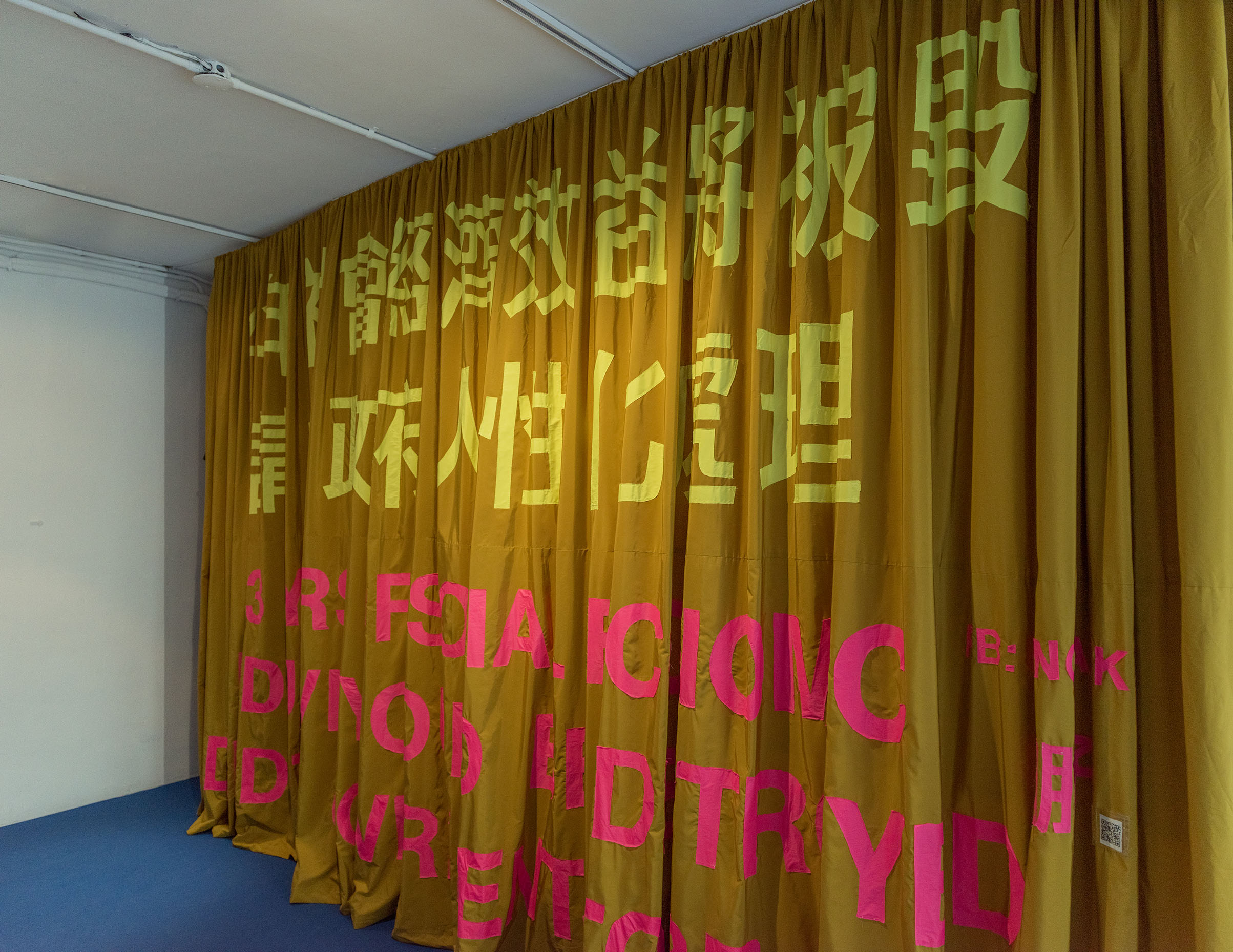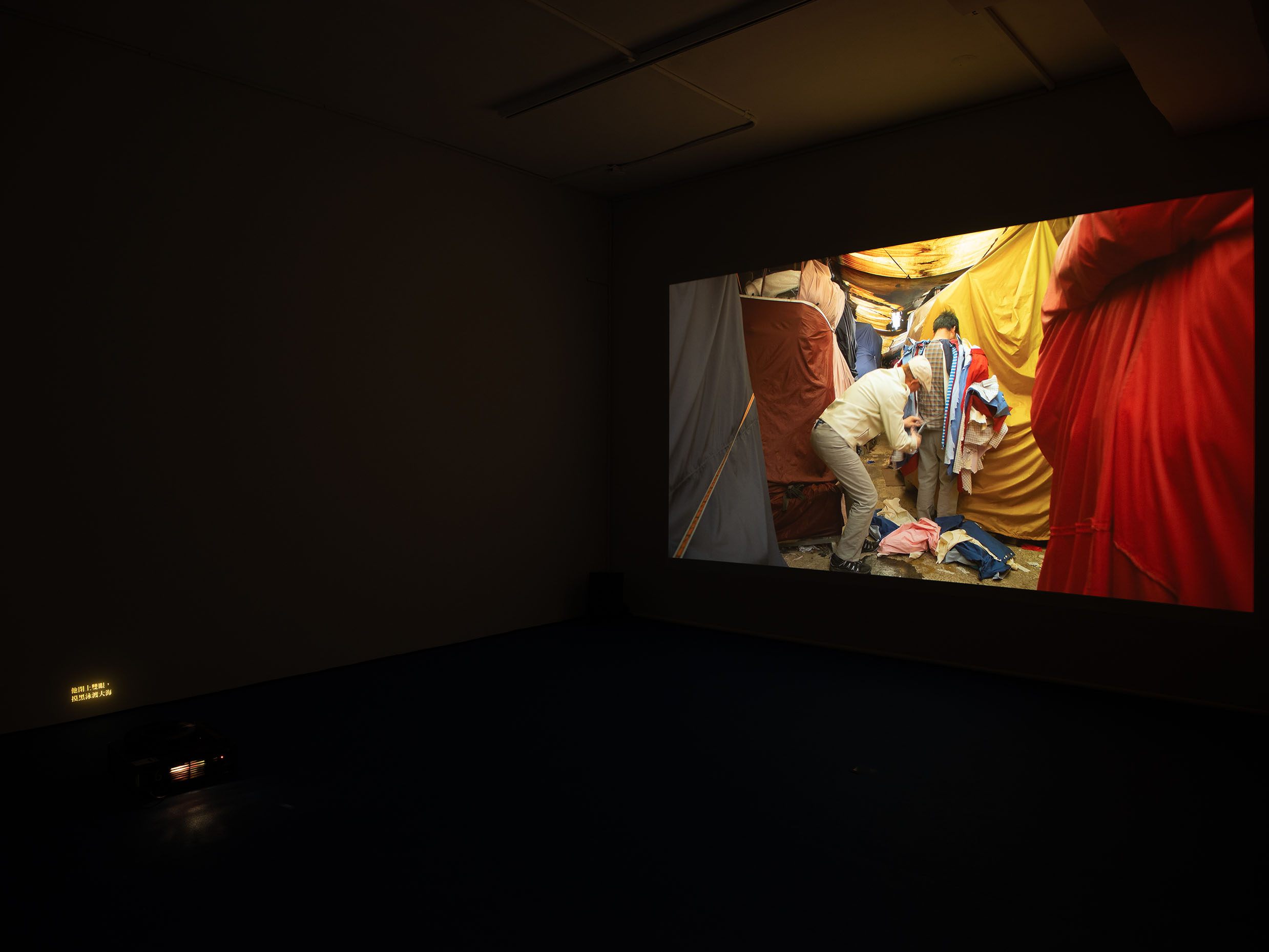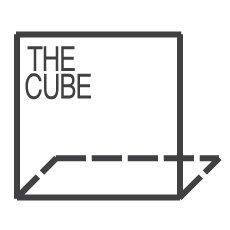MADELEINE MOMENT: THE TECHNOLOGY OF MEMORY AND SENTIMENT Exhibition Series
Madeleine Moment: The Technology of Memory and Sentiment (hereafter referred to as Madeleine Moment) is a research based curatorial project that TheCube Project Space has undertaken since 2022. Madeleine Moment proceeds in three phases over a two-year period. The first phase comprised a series of thematic forums with a star-studded lineup of lecturers who outlined multi-dimensional thinking approaches from different perspectives such as medicine, philosophy, humanities, arts, and history of technology. At the end of 2022, TheCube staged the four-day Sonic Shaman—TheCube Forum Music Festival underpinned by performance and sound experiences. Launched in 2023, the third phase presents an eponymous international exhibition featuring nine artists from Taiwan and abroad.
In order to expand the heterogeneous art experiences for the viewers and the participants, Madeleine Moment is to be held at three venues in Taipei and Taichung for five consecutive months in a strip format. Part I of the exhibition has opened at TheCube Project Space, showing the long-term project by Huang Po-Chih—Seven People Crossing the Sea, life stories about the garment workers in Asia’s garment industrial center from the 60s to 80s. The exhibition was from 27 May to 23 July.
▍About the Exhibition
Seven People Crossing the Sea comprises discrete stories written serendipitously by Huang Po-Chih for different exhibitions. The protagonists include Huang’s mother in Taiwan, Auntie Wu and her son Wu Tao in Shenzhen, Ms. Kim working for a small garment processing store in Seoul’s central district of Jongo, Changsin-dong, South Korea, Mr. Ho dedicated to the anti-relocation movement for the Yen Chow Street Hawker Bazaar (Pang Jai), as well as pattern designer Master Cheung and sample maker Ms. Hang in Hong Kong. These stories spanning different regions and times are as similar as disparate. On the one hand, they circulate and repeat like ocean currents, moving from one place to another over the course of time, and, on the other hand, they are linked together by multiple media such as images, texts, and objects, in which the protagonists’ shared experiences in their respective lives and careers find expression.
▍Artist Statement
by Huang Po-Chih
The dream of modernization hidden in the government propaganda and folklore are implanted into young women who leave farms and become factory workers. My mother is no exception. She is summoned to put on the blue vest tailored by herself, and then she metamorphoses into an elephant, a dove, or some blue-skinned creature, which serves as her temporary escape from the production line. Auntie Wu in China follows the message flow on WeChat, moving from Hunan to Shenzhen. She laughs about her lack of imagination, finding herself stuck in a toilet-sized clothing alteration studio within the industrial park. She believes that a loud fart alone will suffocate her before her daydream comes true. Wu Tao, son of Auntie Wu, loses himself in Internet surfing and virtual treasure trading. He lives every day as if it were the end of the world, and he wishes he could swallow himself in one bite every time when the Blue Screen of Death on Windows occurs. The misinterpretation by the translation App renders the casual conversation between me and Auntie Kim in South Korea nothing if not poetic. “Ding!” I send her a poem written by a young Taiwanese poet: “Let it rain, let it rain/Let the rain drench my faith/A tiny stone notwithstanding/Within my dripping wet body/Shall find my heart dry.” “Ding!” She replies that she is drenched in sweat, tries on dreams in various sizes, and firmly believes that dreams resemble a visual spectacle like 500 tons of smuggled garments falling into the sea, whilst one of them will be wash ashore eventually. “Ding!” “We are people drifting on the sea,” I write so. Mr. Ho who swam across the Pearl River to Hong Kong is one of the store keepers in the Yen Chow Street Hawker Bazaar (Pang Jai) and the organizer of the anti-relocation movement. He has been striving for his Hong Kong dream that might be shattered. Mr. Ho and I stretch our imagination that knows no bounds, seeing the Bazaar as a tree, a saltwater lake, or a floating island. But before we do that, we have to become a fish, a bird, or nutrients as part of the tree. Hong Kong-based sample maker Ms. Hang and my mother mock themselves for having swollen legs like the elephant’s caused by their prolonged use of sewing machines. Ms. Hang said that she is a blue glass elephant with goldfish circling in her watery head. With each circle, her escape plan is executed and her memories are archived and forgotten — we are seven people crossing the sea.
▍About Artist
Huang Po-Chih (1980 born in Taoyuan, lives and works in Taipei, Taiwan) completed his studies at the Taipei National University of the Arts in Taiwan in 2011. His diverse artistic practice revolves around the circumstances and history of his family which enable him to involve in issues like agriculture, manufacturing, production, consumption, etc. Since 2013, exhibitions of his continuous art project Five Hundred Lemon Trees have been transformed into a crowd-funding platform allowing the appropriation of artistic resources for developing an agricultural brand, activating fallow farmland, and growing lemon trees for lemon liquor. On the other hand, the project has connected his family members, local farmers, and consumers to make a new social relationship possible. In the same year, he published his first collection of essays Blue Skin: My Mother’s Story, the story about his mother. In a way, such a brief account of personal history can somehow reflect Taiwan’s agricultural economic reform and social change over the past fifty years, which is essentially, a micro-level of observing his own family history and society as a whole in Taiwan. Huang received the grand prize of the Taipei Arts Award in 2013, was nominated HUGO BOSS Asia arts Award in 2015, and received Prudential Eye Awards in 2016. Huang participated in Taipei Biennale in 2014 and 2016 and has been exhibited internationally including the 8th Shenzhen Sculpture Biennale in China in 2014, Performa 19 in New York in 2019, Busan Biennale in Korea in 2020, also many group exhibitions in museums, e.g., the National Museum of Modern and Contemporary Art (MMCA) in Seoul, the Rockbund Art Museum in Shanghai, CHAT in Hong Kong, the Museum moderner Kunst Stiftung Ludwig Wie (mumok) in Vienna.
▍About Madeleine Moment
The title and the conception of Madeleine Moment make a direct allusion to À la recherche du temps perdu, a masterpiece of stream of consciousness by Marcel Proust. In this novel, the taste of a madeleine dipped in black tea evokes not only the protagonist’s deep awareness, but also his memories and sentiments that do not emerge through rational “recalling” in his daily life. Based on this story, psychologists had already coined the term “Proust Moment” or “Proust Effect” to describe the process of such involuntary evocation of memories and sentiments. It is noteworthy that the fashionableness of the shell-shaped cake had much to do with the prevalence of metal baking molds and the growing popularity of cookbooks in Europe (roughly between the 18th and 19th centuries). The theme and the conception of Madeleine Moment appropriate the “Proust Moment” and shift the focus from the literal aspect of a perceiving subject back onto the “media (objects)” that evoke memories and sentiments.
Therefore, Madeleine Moment seeks to penetrate into the “Proust Effect,” insofar as to reveal that the implantation and representation of memories as well as the emergence and transmission of sentiments are bound up with the hidden “invokum/operations of perception.” It is probably thanks to the collective empathy developed through the madeleine that the famous plot in À la recherche du temps perdu has many resonances for the readers in different places and times. From the perspective of medium/technology, the intermediary of “mold-based baking” and “printing” affords the rapid and massive production of this dessert in similar shape and taste wherever it is, which makes it a source of power for “perceptual transmission” in the modern world. It on the one hand creates private experiences for individuals, and on the other hand forges collective cognition about things for a generation. Recognizable though, the role of medium/technology therein is often concealed and ignored. Treating this thread of thinking as the point of departure, Madeleine Moment explores the technology and the politics of the construction of contemporary perception and identity.
To materialize Madeleine Moment, TheCube is deeply honored to collaborate with Live Forever Foundation at the Vital Space in Taichung, as well as with Hong Foundation at the Project Seek in presenting the productions by the abovementioned artists in Taipei.
Date|2023.05.27-07.23(Wed~Sun,2-8 pm)
Opening|2023.05.27(Sat,3-6 pm)
Venue|TheCube Project Space (2F, No 13, Aly 1, Ln 136, Sec 4, Roosevelt Rd, Taipei)
Organizer|TheCube Project Space
Exhibition Sponsor|National Culture and Arts Foundation, Department of Cultural Affairs of Taipei City Government, AUSPIC PAPER
Special Thanks|Taoyuan Museum of Fine Arts, Digital Art Center, Taipei
Category:
Date:
2023 年 5 月 4 日

